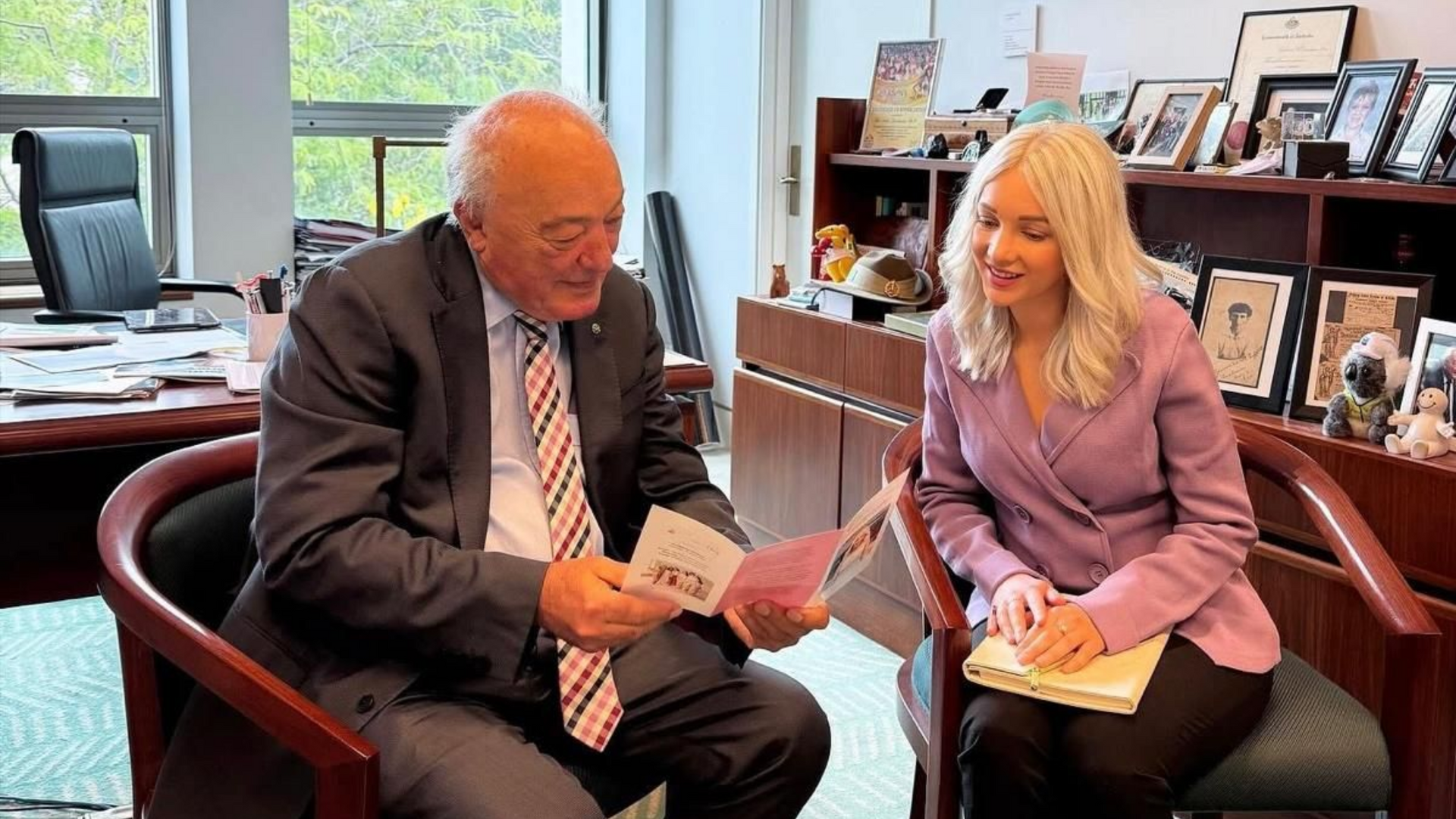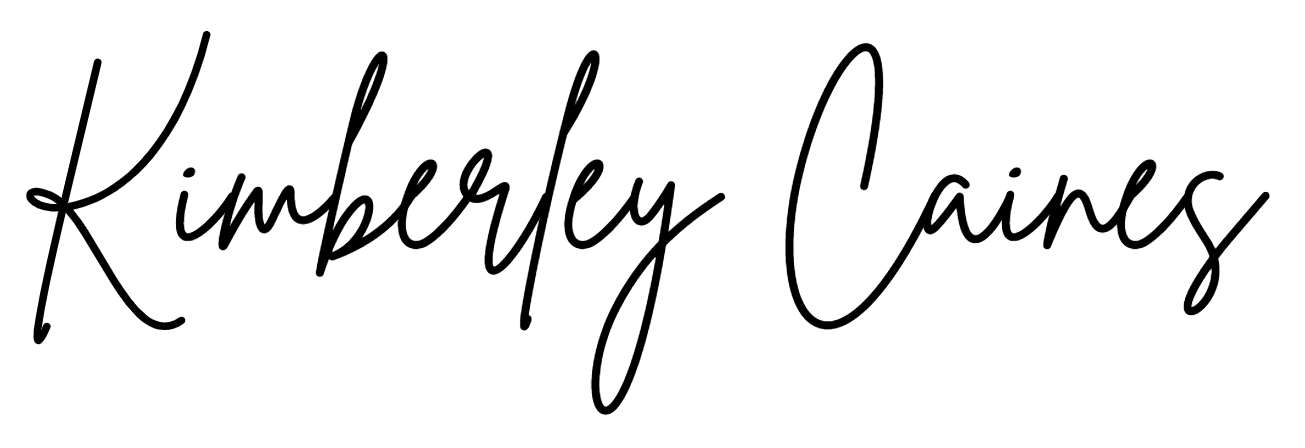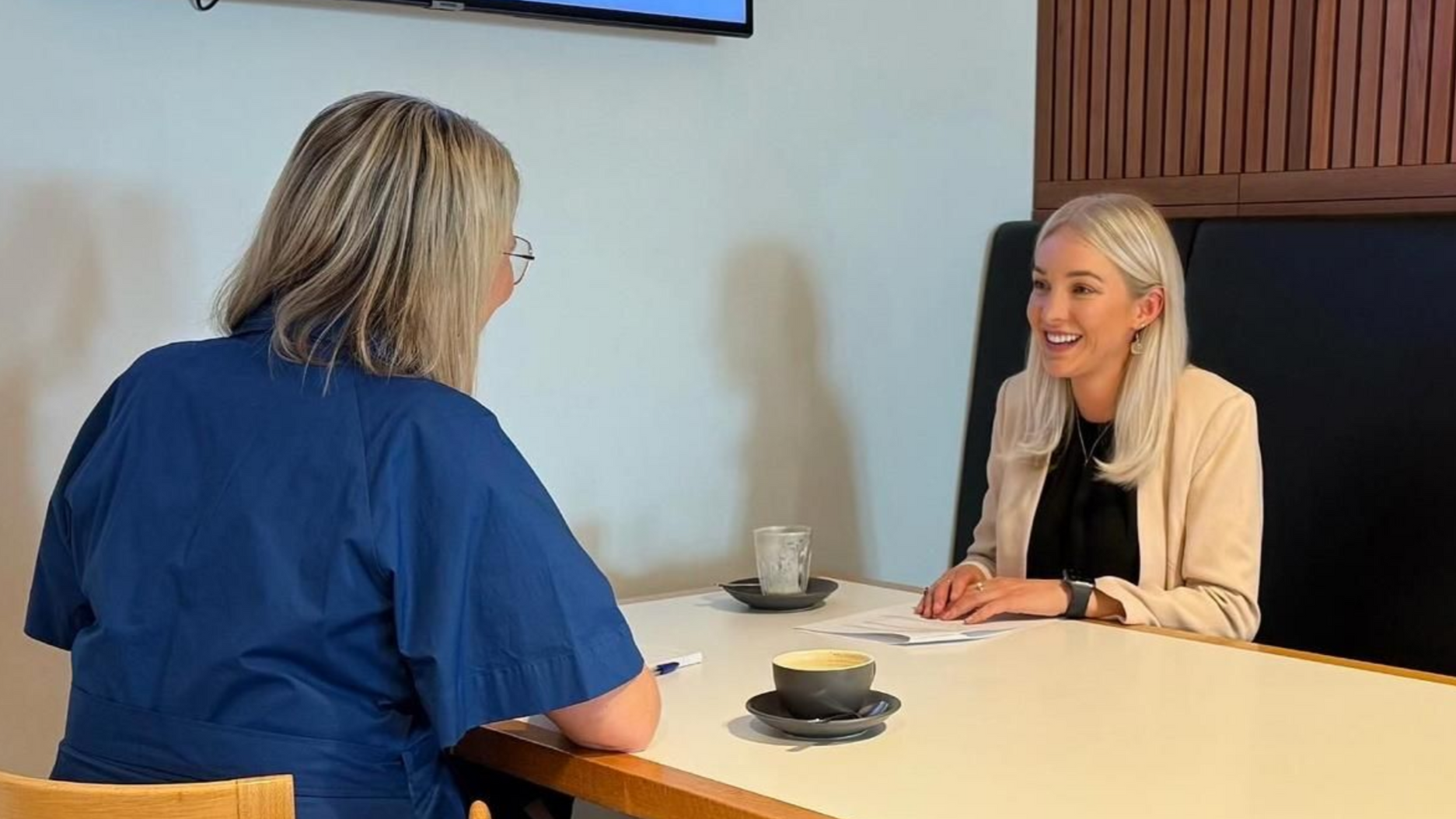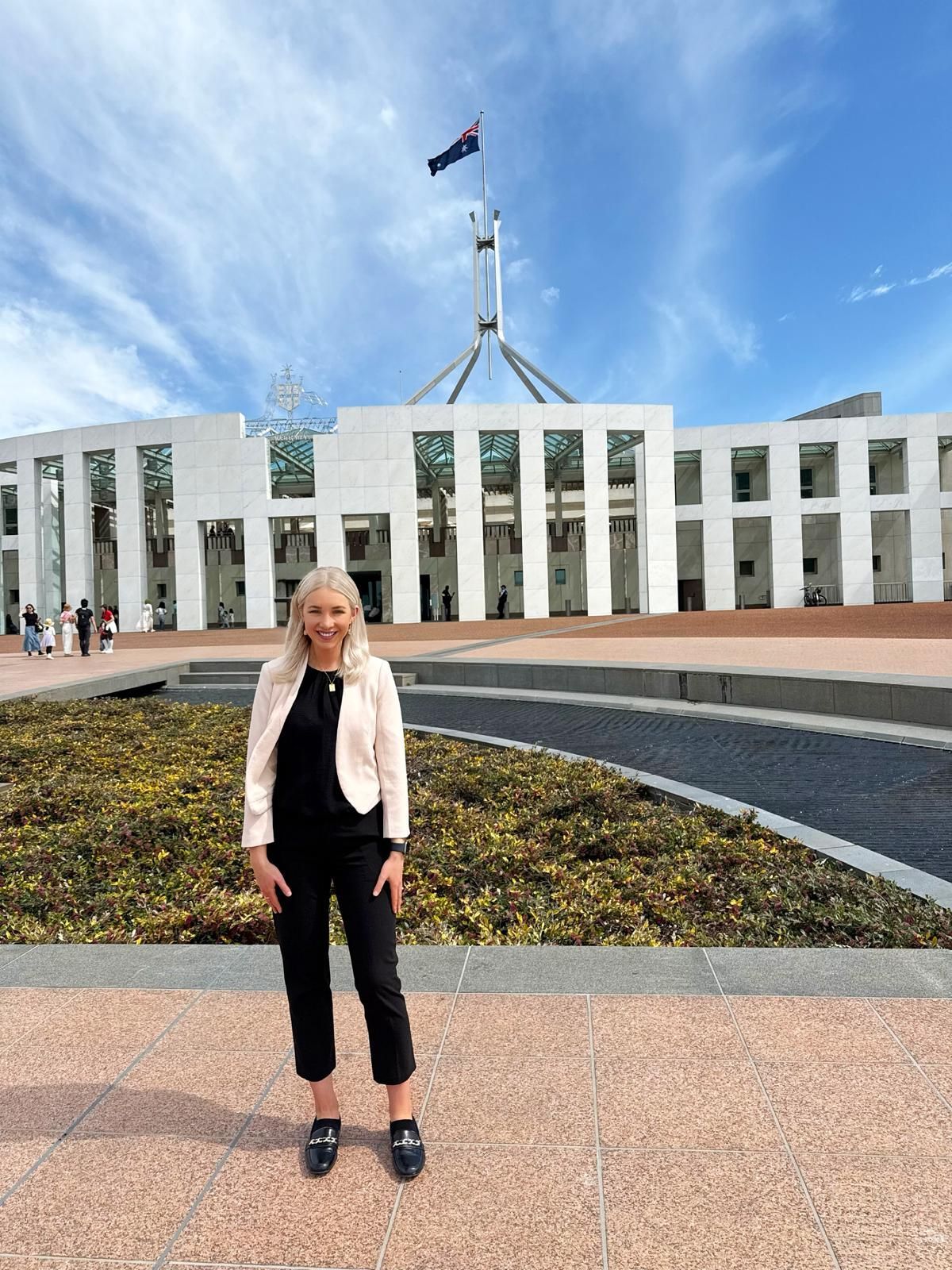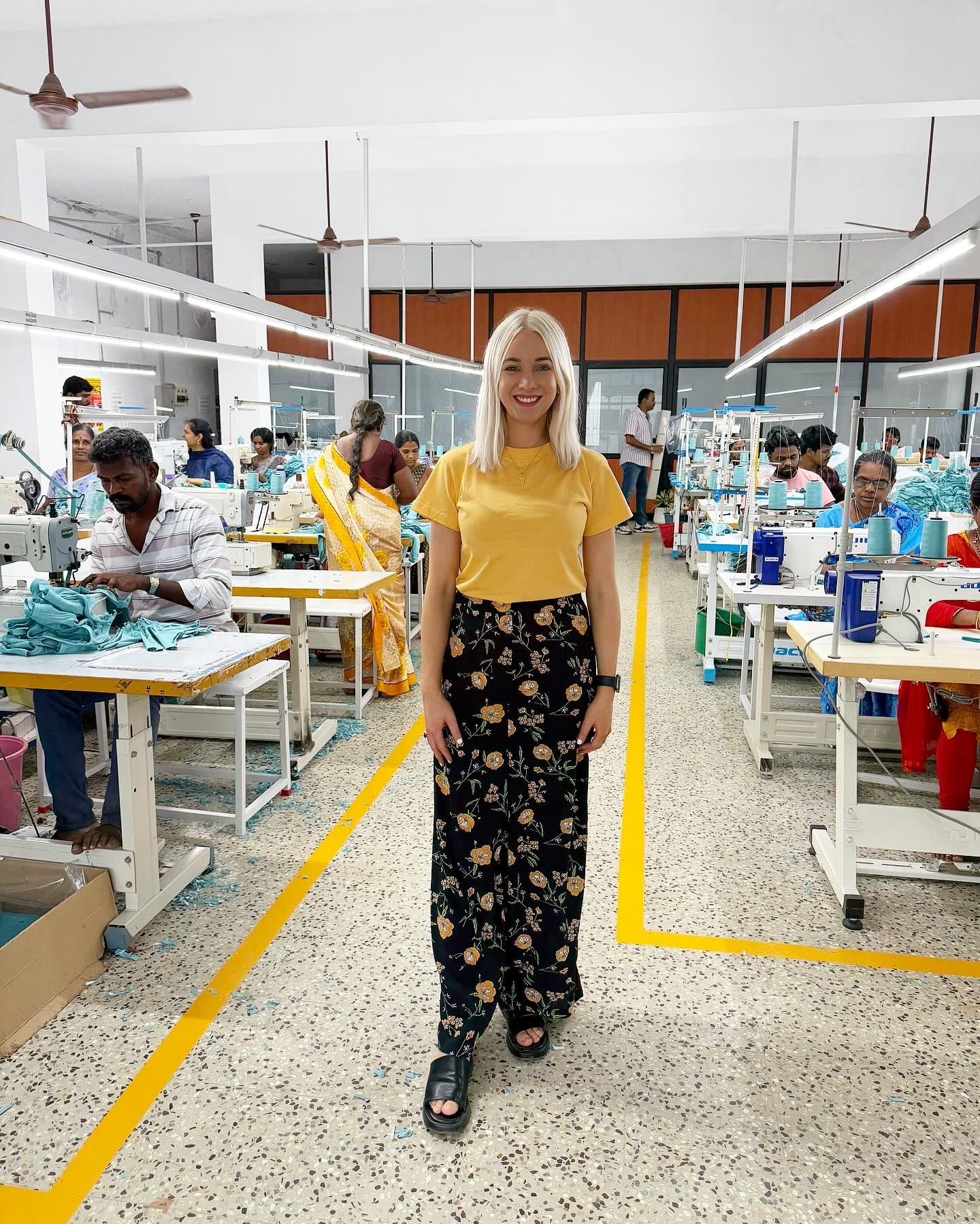On the campaign trail: What it's really like covering a federal election
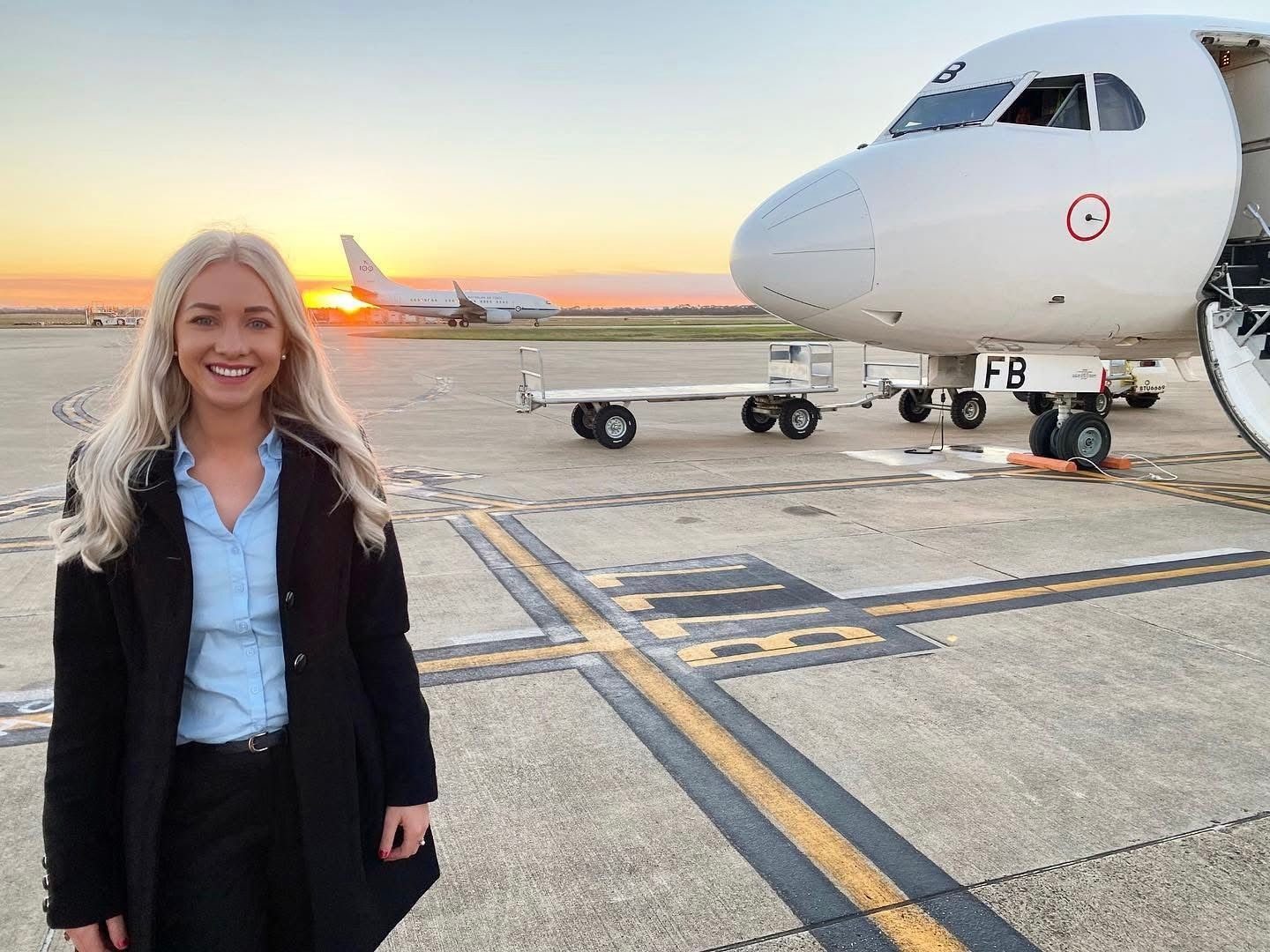
Ever since Prime Minister Anthony Albanese called the federal election for May 3, one question keeps coming up. Do I miss it?
People ask whether I miss journalism as a whole, and especially the chaos and camaraderie of life on the road - five intense weeks of chasing Australia's political leaders from city to city, press conference to press conference.
The short answer? No, I don't miss my career.
I spent 12 years as a journalist and achieved what I set out to do. I'm proud of the stories I told and the people I met.
Do I miss the campaign trail? Just a little. It's a highlight for any political reporter. It's fast-paced, high-stakes, and completely unlike anything else in the job. But again, I've done it. I've lived it.
As I write this, it's day 26 of the campaign. We're in the final stretch now - just 10 days until Australians cast their votes to decide whether Mr Albanese or Opposition Leader Peter Dutton will become our 48th Prime Minister.
So far, we've seen the Labor leader promise cost-of-living relief, and Mr Dutton stage photo ops at service stations, pledging to introduce a fuel excise tax if elected.
That's the public side of the campaign - the part you see in headlines and highlight reels.
But what you don't see is what life is really like for the journalists covering it all.
So, let me take you behind the scenes - a day in the life of a political reporter on the road.
Each morning begins with uncertainty. Journalists are rarely given advance notice of where they'll be going that day. Instead, we're added to WhatsApp groups - one for each leader's media team.
These groups run the show. Staffers coordinate every logistical detail - the hotel we'll stay at, which bus to board, which charter plane to catch (yes, each party has its own media plane), and exactly what time we need to be ready. They share embargoed press releases and even the names of approved interviewees for the next press stop.
We board buses, not knowing where we're headed. We're driven straight onto airport tarmacs, straight to the steps of planes. No security checks. No Wi-Fi. That's intentional to prevent leaks about the leader's location and avoid potential protests.
Each leader's own plane travels just ahead of ours. They arrive first. We follow.
On arrival, we're ushered straight into another bus. The destination? Still unknown. Eventually, we're delivered to the next campaign announcement, often in a warehouse, school, or small-town sporting ground.
Everything is stage-managed. Nothing is left to chance.
Even the "talent" - journalism jargon for people quoted or shown supporting a new policy - are carefully selected. It's not someone pulled from the street offering a raw and spontaneous opinion. It's someone briefed and approved by the leader's team.
In factory visits, signs with messages that clash with a party's stance are covered up. Everything you see on camera is curated. Every moment is a performance.
Then, we file our stories. On the bus, by the side of the road, or on the tarmac. Sometimes, we get no filing time at all as we have to be back on the plane for the next leg. Our newsrooms are aware of the process. Occasionally, if the schedule allows, we can ask to delay takeoff so we can hit send.
Being on the campaign trail is exhausting. Some days, we fly to three or four different states. You wake up in one city and fall asleep in another, with barely enough time to eat, let alone process where you are.
And because you never know the next destination, you pack blind. If the WhatsApp message says, "Bring warm clothes", you guess you're going to Tassie. "Dress light"? Maybe Darwin.
It's a whirlwind. It's surreal. And it's an experience most Australians will never know about, despite seeing the polished press conferences on the news each night.
I'll never forget the adrenaline, the access, and the behind-the-scenes chaos of covering a federal election. It was a wild ride and a privilege to witness Australian democracy up close.
Now? I'm enjoying watching it all unfold from the other side.
